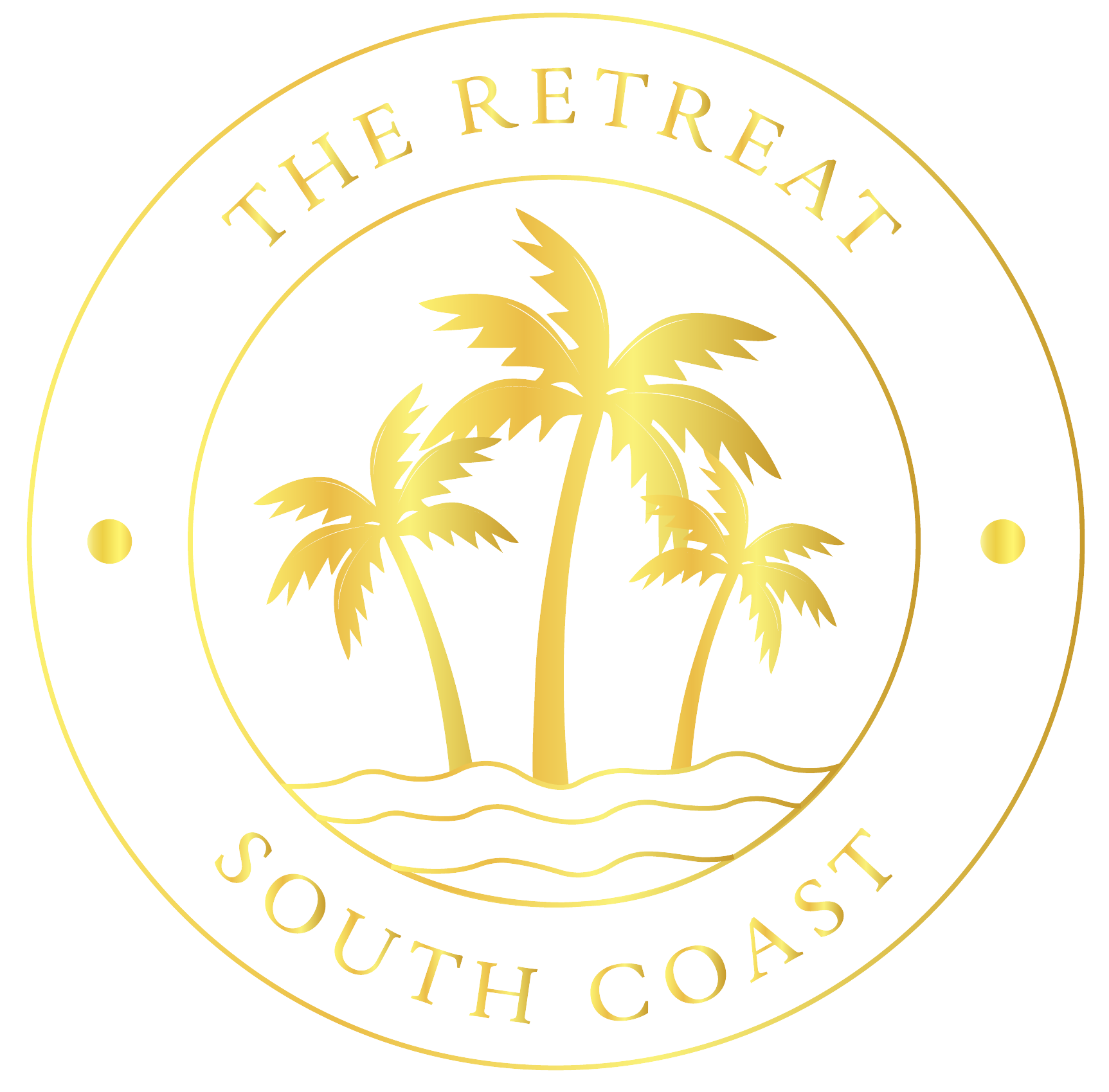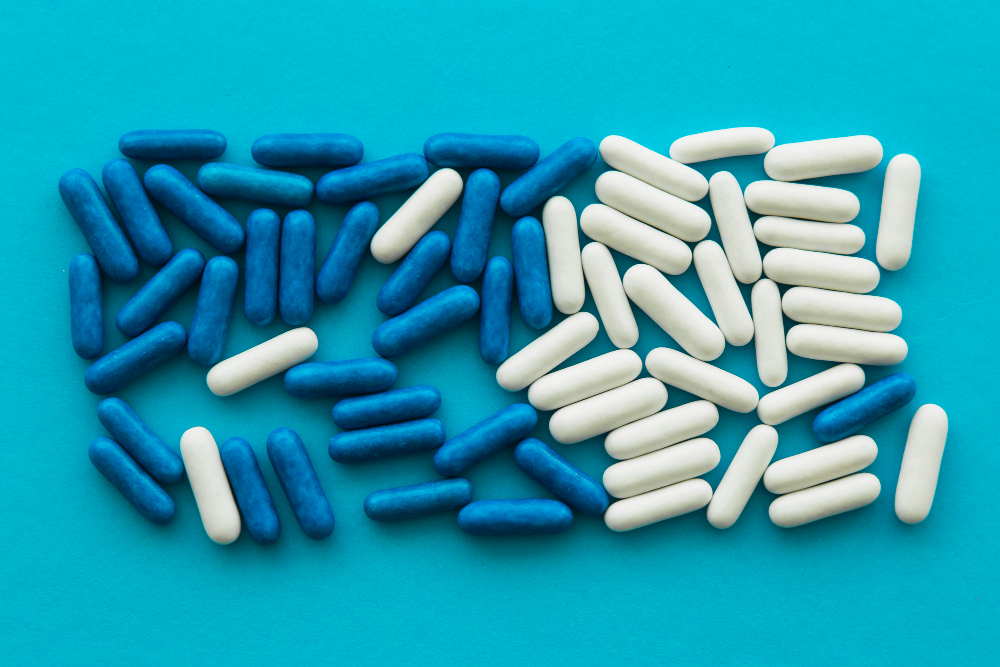Art therapy offers a powerful pathway to recovery for individuals battling addiction, delivering therapeutic benefits that complement traditional treatment approaches.
This page explores how creative expression promotes healing, addresses underlying trauma, and supports long-term sobriety through evidence-based artistic interventions. You’ll also learn about the neurobiological mechanisms underpinning art therapy’s effectiveness, specific techniques used in addiction treatment, and practical implementation for clinical settings and personal recovery journeys.
The Science Behind Art Therapy in Addiction Recovery
Neuroplasticity research demonstrates that creative activities stimulate brain regions central to emotional regulation and executive function. When someone engages in artistic expression, they activate the prefrontal cortex while simultaneously calming the amygdala’s stress response. This dual neurological effect proves especially beneficial for those recovering from substance use disorders (addictions), whose brains often exhibit compromised reward pathways and heightened stress sensitivity.
Art-making increases dopamine production naturally, offering a healthy alternative to substance-induced reward mechanisms. The repetitive motions involved in drawing, sculpting, or painting trigger meditative states that reduce cortisol levels and promote neurological healing. These biological changes create optimal conditions for recovery by restoring balance to neurotransmitter systems disrupted by prolonged substance use.
The visual cortex activation during artistic creation also enhances cognitive flexibility, improving problem-solving abilities fundamental to maintaining sobriety. Research shows that individuals participating in structured art therapy programs show measurable improvements in cognitive function within 8 to 10 weeks of consistent practice.
Addressing Trauma Through Creative Expression
Addiction often stems from unresolved traumatic experiences that traditional talk therapies may struggle to access. Art therapy offers a non-verbal pathway for processing deeply embedded memories, enabling individuals to externalize painful experiences through symbolic representation. This approach proves remarkably effective for those who experience difficulty articulating traumatic events or people whose trauma occurred before language development.
The creative process allows for gradual exposure to traumatic material in a controlled and safe environment. Individuals can represent difficult emotions through color, texture, and form without immediately confronting the full intensity of their experiences. This graduated approach prevents the overpowering activation of trauma responses while streamlining psychological processing.
Visual metaphors created through art may reveal unconscious patterns and beliefs that fuel addictive behaviors. A person might repeatedly draw images of isolation or entrapment, providing therapists with invaluable insights into underlying psychological dynamics. These artistic revelations often emerge before individuals become consciously aware of these patterns, accelerating the therapeutic process.
Somatic experiencing integration through art-making helps people reconnect with their bodies positively. Many people with addiction histories experience dissociation or negative body relationships. Creating physical art requires sensory engagement that rebuilds health mind-body connections fundamental to sustained recovery.
Specific Art Therapy Techniques for Addiction Treatment
Mask-making therapy allows people to explore different aspects of their identity, including the addiction self versus the recovery self. This technique provides a safe distance from challenging emotions while encouraging honest self-examination. Individuals often create multiple masks, representing various internal states, which promotes dialogue between different parts of themselves.
Clay work offers unique therapeutic benefits through its malleable and forgiving nature. The tactile experience of shaping clay mirrors the recovery process. Mistakes can be reformed, and new creations emerge from apparent destruction. The physical resistance of clay also provides healthy outlets for anger and frustration that might otherwise trigger relapse behaviors.
Collage therapy helps people construct new life narratives by selecting and arranging images that represent their recovery goals and values. This technique is ideal for those struggling with identity confusion, which is common in early recovery. Creating visual representations of desired futures strengthens motivation and clarifies personal values.
Mandala creation promotes mindfulness and emotional regulation through structured, symmetrical designs. The meditative quality of creating circular patterns activates parasympathetic nervous system responses that counteract addiction-related anxiety and agitation. Many people report experiencing states of flow during mandala work that provide natural stress relief.
Group mural projects promote community connection and collaborative problem-solving skills, which are integral to staying sober in the long term. Working together on large-scale artistic endeavors builds trust, communication skills, and mutual support networks that extend beyond therapy sessions.
Emotional Regulation and Self-Expression Benefits
Art therapy develops emotional intelligence by encouraging individuals to identify, express, and process feelings through creative means. Many people with addictions have alexithymia (difficulty recognizing and describing emotions), which strongly contributes to relapse risk. Regular artistic practice gradually builds emotional vocabulary and awareness.
The non-judgmental nature of creative expression provides safe spaces for experiencing and expressing tough emotions without consequences. Individuals can explore anger, grief, shame, and fear through art without risking relationships or triggering addictive behaviors. This emotional rehearsal helps build confidence in handling challenging feelings in real-world settings.
Color psychology applications in art therapy help people understand emotional associations and triggers. Working with specific color palettes can elicit particular emotional states or memories, providing controlled opportunities for processing and integration. Therapists guide individuals through these experiences, ensuring safety while maximizing therapeutic benefit.
Self-compassion development occurs naturally through the artistic process as participants learn to accept imperfections and value their creative attempts, regardless of the outcomes. This attitude shift can help addiction recovery, where perfectionism and self-criticism often fuel destructive behaviors.
Integration with Traditional Addiction Treatment Modalities
Art therapy enhances CBT (cognitive behavioral therapy) by providing concrete visual representations of thought patterns and behavioral cycles. Individuals can draw their addiction triggers, create flowcharts of relapse patterns, or illustrate coping strategies. These visual tools act as powerful reminders and planning resources throughout recovery.
12-step programs integration occurs through artistic interpretation of recovery principles. Creating visual representations of steps, sponsorship relationships, or higher power concepts deepens understanding and personal connection to recovery frameworks. Many find that artistic exploration clarifies spiritual concepts that seem abstract in traditional discussion formats.
Family therapy benefits from the inclusion of art therapy, as family members can express complex emotions and relationship dynamics through collaborative projects. Creating family sculptures or drawing relationship maps often reveals communication patterns and emotional dynamics that verbal discussion alone cannot access.
Group therapy sessions incorporating art-making promote stronger connections between participants while reducing social anxiety common in early recovery. Sharing artistic creations requires vulnerability, which encourages genuine relationships and mutual support, both integral to long-term recovery.
Practical Implementation in Recovery Settings
Clinical implementation requires trained art therapists who understand the psychology of addiction and therapeutic art techniques. Proper training ensures safe processing of traumatic material while maximizing the benefits of creative expression. Rehab centers should provide adequate art supplies and dedicated creative spaces that feel separate from traditional therapy environments.
Individual sessions allow for personalized approaches tailored to specific trauma histories, artistic preferences, and recovery goals. Some people respond better to structured projects, while others derive the most benefit from open-ended, creative exploration. Skilled therapists assess personal needs and adjust their approaches accordingly.
Structured programs include:
- Art-making sessions.
- Group sharing circles.
- Periodic exhibitions of work.
These programs create positive momentum and achievement recognition that builds self-esteem and helps drive ongoing recovery.
Home practice extensions enable individuals to continue their artistic exploration between sessions, providing healthy coping mechanisms for stress and emotional challenges. Simple supplies, such as sketchbooks, colored pencils, and clay, allow for continued creative engagement in various settings.
Building Self-Esteem and Personal Identity
Creative achievement provides tangible evidence of personal capability and growth that counters negative self-perception common in addiction recovery. Completing artistic projects builds self-confidence and demonstrates progress in concrete, visible ways. These achievements accumulate over time, creating positive identity shifts from “person with an addiction” to “creative, capable individual”.
Skill development through artistic practice creates new sources of meaning and purpose beyond substance use. Learning new techniques, exploring different media, and developing an artistic voice provide positive focus and achievement goals that support recovery motivation.
Identity exploration through various artistic media helps people discover aspects of themselves that addiction may have obscured. Many report rediscovering childhood interests or uncovering previously unknown talents through participation in art therapy. These discoveries contribute to a fuller and more authentic self-understanding.
Personal narrative reconstruction occurs when people create visual autobiographical or artistic timelines that represent their recovery journeys. This process helps integrate awkward experiences while encouraging growth, resilience, and positive change rather than focusing solely on addiction history.
Social identity benefits emerge as individuals connect with broader artistic communities, join local art groups, or participate in recovery-focused creative organizations. These new social connections provide ongoing support while expanding identity beyond addiction recovery circles.
Art therapy is a scientifically supported, therapeutically rich approach to addiction treatment that addresses recovery from several angles simultaneously. Through creative expression, people can:
- Process trauma.
- Develop emotional regulation skills.
- Rebuild a positive identity.
- Build meaningful connections with others in recovery.
The integration of artistic practice with evidence-based treatment modalities creates comprehensive healing approaches that support immediate recovery needs and long-term wellness maintenance.
Get Art Therapy for Addiction at The Retreat South Coast
We treat all addictions and mental health conditions at The Retreat South Coast. Our whole-body approach to healing combines evidence-based interventions with holistic treatments, such as art therapy.
Our treatment programs meet you where you are on your recovery journey and include supervised medical detox, inpatient rehab, intensive outpatient programs, and robust aftercare planning.
The unique aspect of all addictions means you can access personalized treatment plans to promote sustained recovery.
When you’re ready to reclaim the life you deserve, call The Retreat South Coast at (949) 612-4789 for immediate assistance.








